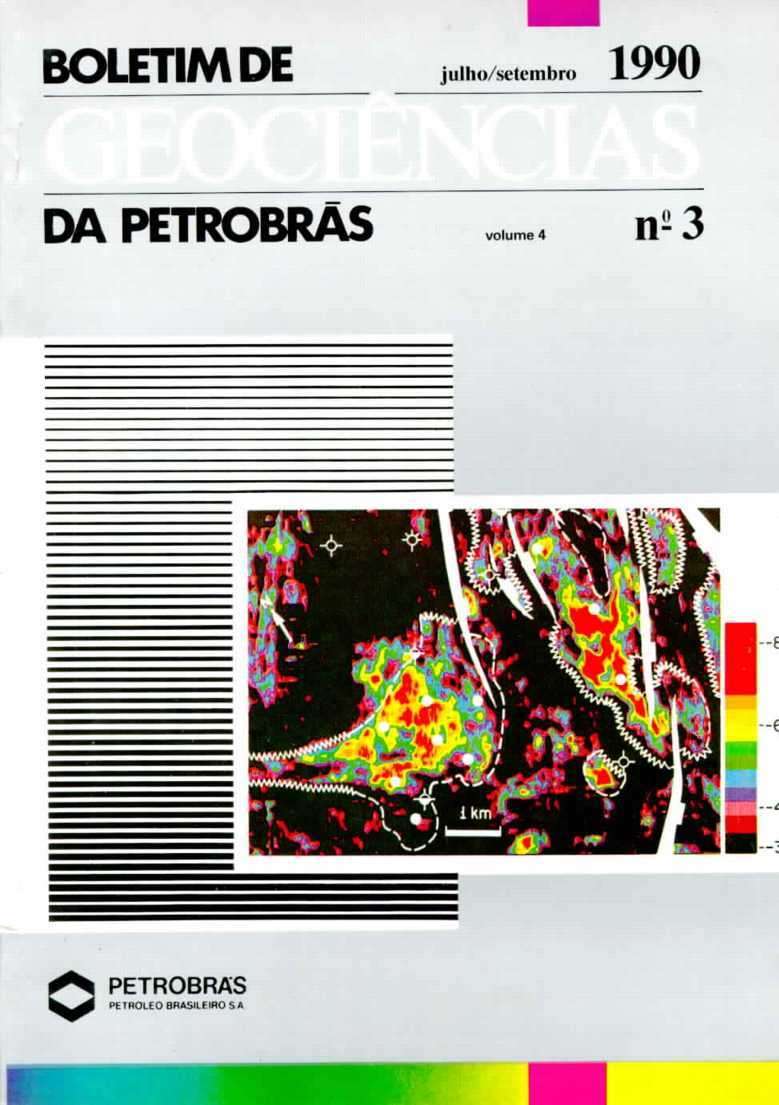K/Ar dating of diagenetic illites
Abstract
Ascertaining the potassium/argon (K/Ar) age of diagenetic ililtes yields important information for hydrocarbon exploration since the growth of this mineral in the pores of sandstone reservoir and oil migration are interlinked events m the diagenetic evolution of rocks. Illite growth ceases as soon as hydrocarbons completely fill in rock pores, displacing interstitial water. By providing an estimate of the period when the illite formed, K/Ar dating can indirect/y tells us when hydrocarbons entered the reservoir.
Samples of oil-saturated sandstones collected from Carboniferous reservoirs of the Solimões Basin reveal a diagenetic evolution consisting predominantly of quartz, calcite, and illite overgrowths. In the present study, illite was mechanically separated by repealing a series of ulfrasonic batths and ultrasonic probes followed by high-speed centrifuging. Resultant fractions were analyzed by X-ray diffractometry to measure the illite content of each sample. The separated illite material was found to be composed of illite and ordered mixed layer illite-smectite with 80% illite layers. Separated fractions were dated radiometrically by the K/Ar method. Preliminary results indicate an average age of some 200 m.y, which marks the end of the diagenetic development of the illites of this area.
Downloads
Published
Issue
Section
License
This license enables reusers to distribute, remix, adapt, and build upon the material in any medium or format, so long as attribution is given to the creator. The license allows for commercial use.




